Bronze proof with moderate patina signed on the terrace: "E.Barrias".
Bears on one side of its base the Fondeurs mark "Susse Frers Edtrs" (model reproduced in the work of Yves Delvaux, L'Univers des Bronzes, Paris: Ed.Pygmalion, 1978, p.289: Les Tablets of History/ E.Barrias, sculptor"); on the reverse, the Collas mechanical reduction stamp surmounted by the letter "P"
-----------------------------
This impetuous, naked childish figure with a face illuminated by a teasing smile, nimbly seated on a mossy pedestal, holding a stylus in one hand and, in the other with a vehement gesture, a large closed folio is neither more nor less than the recasting for the purposes of publishing one of the allegorical figures modeled by Louis-Ernest Barrias (1841-1905) for the monument dedicated to the poet-playwright Emile Augier (1820-1889) in his time considered "the one of the undisputed masters of contemporary theater": The Genius of Satirical Comedy.
Erected in November 1895 on the Place de l'Odéon - in front of the Theater where he had his first hours of glory with his comedy entitled La Cigue, 1848 -, this large monument topped with the bust of the playwright accommodated on the front of its base forming a bench, a female group "with beautiful sculptural lines" in bronze featuring alongside a superb allegory of La Comédie Seriouse, the richly costumed figure of Chlorinde, character from L'Aventurière (1848), one of the flagship works - alongside Gabrielle (1849), Poor Lionesses (1858) or Effrontés (1861) -by the writer-. The back of this "set of an artistic and happy effect" was ingenuously animated by "a pretty kid" "sitting naked", "with a firm and delicate model, laughter in his mouth", holding his hand on the right a whip - personification of Satire, of Comedy - "and, "the other placed on a very living mask, very resembling the actor Got -Edmond Got (1822-1901) -, the former Dean of the Comédie Française , the friend and one of the most famous interpreters of Augier". Gaston Steigler will say of "this laughing child with a spiritually cheerful physiognomy": "he is certainly the best thing in the group" (L 'Echo de Paris, November 19, 1895, p.1).
This now disappeared set as well as the plaster model of the little Genie are illustrated in the 1908 work Georges Lafenestre devoted to "The work of Ernest Barrias" (pp. 58 and 59).
Listening to its contemporaries, the Maison Susse Frères, already publisher of the works of E.Barrias noticed and rewarded at the Salons, probably asked the artist to "revisit" for commercial purposes the adorably cheeky model of the Genius of Satirical Comedy . The whip and mask of the actor Got were replaced by a stylus and a large folio and the figure titled "The Tablets of History". However, it retains through its well-felt scholarly composition as well as through the ingenuous and frank movement given to the child carrying History/individual stories this smiling freshness characteristic of talent which is by turns fiery, "delicate and fine" de Barrias in his small-scale works.
---------------------------
Signatures and Marks: signed on the terrace:
Materials: bronze with golden patina.
Dimensions: H.: 32 cm; L.: 23 cm;-Pr.: 12 cm.


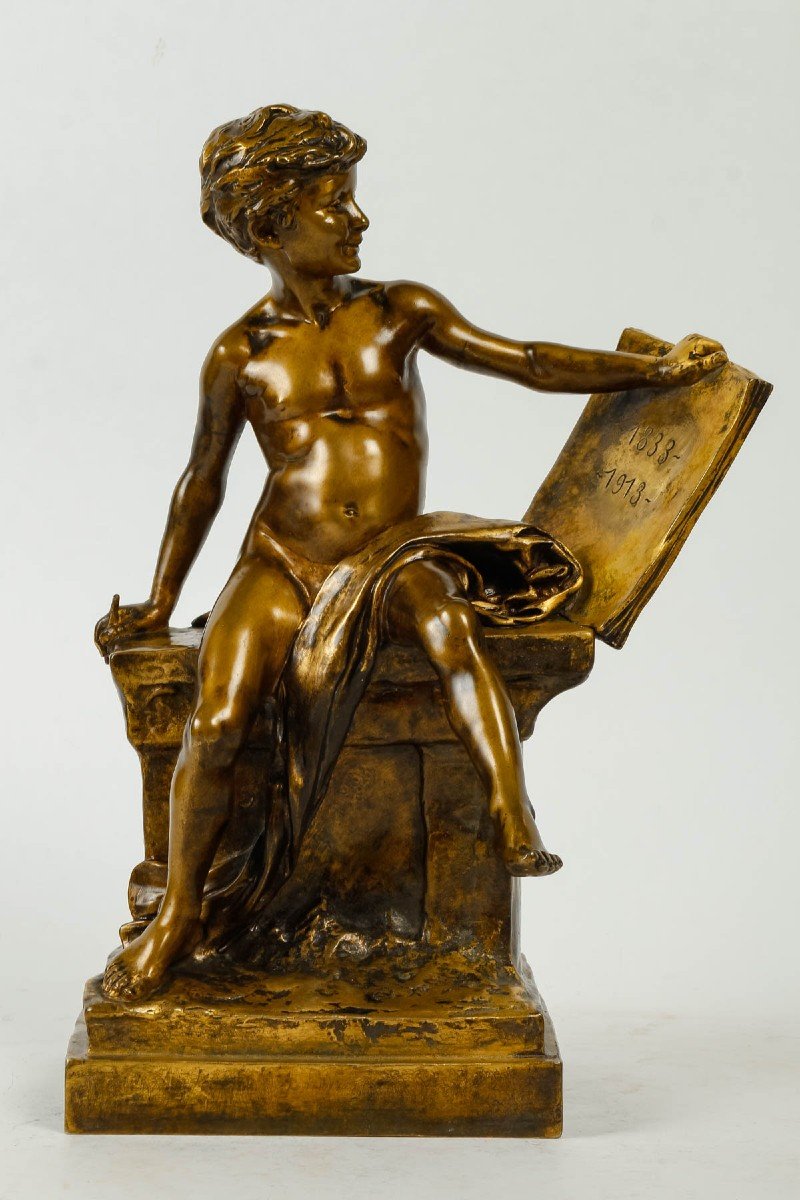
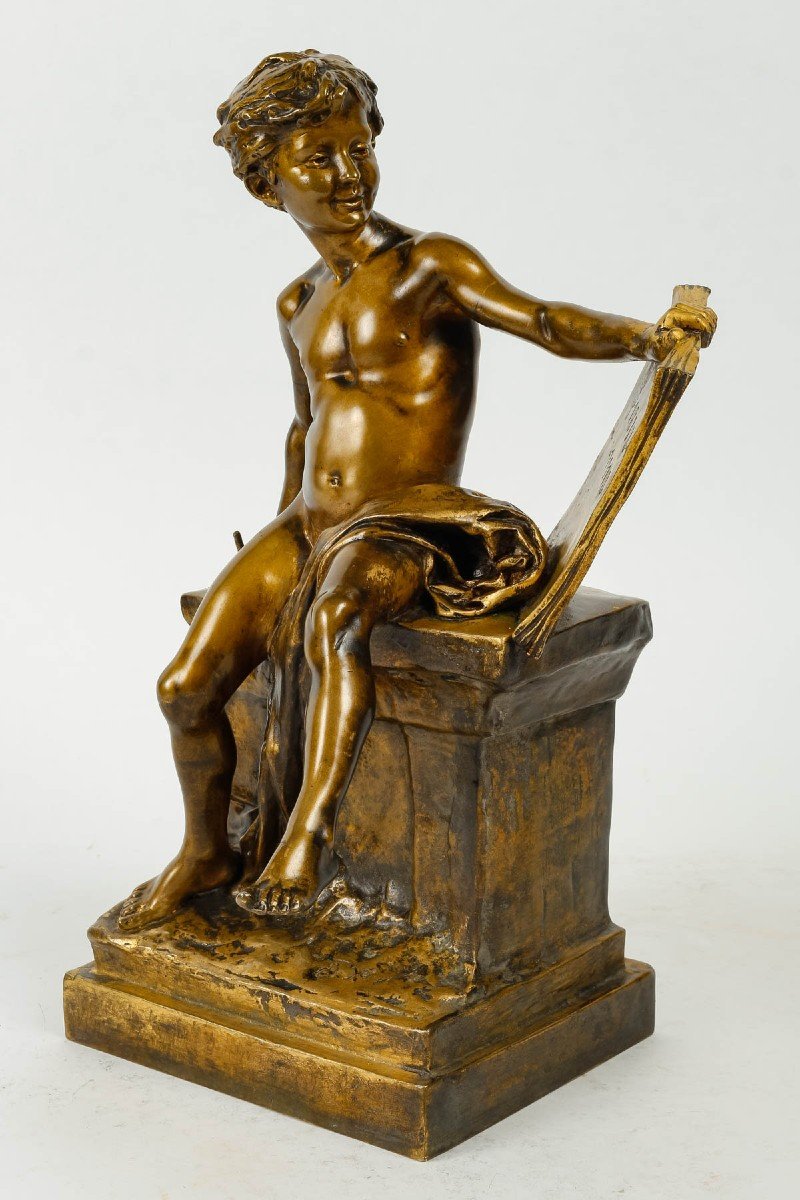














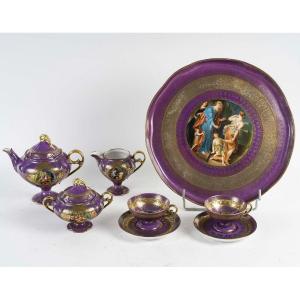
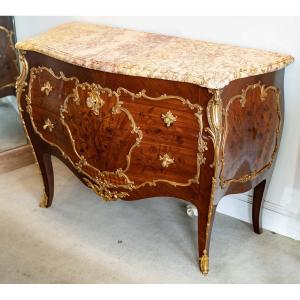
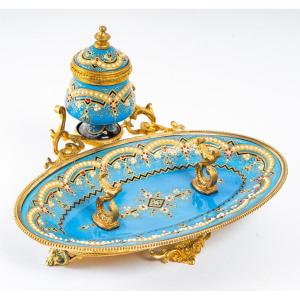
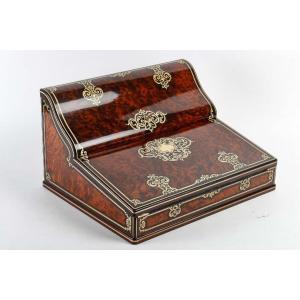
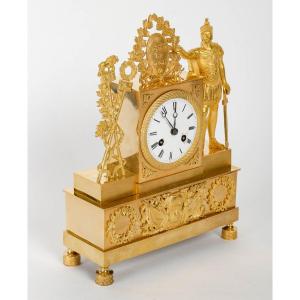

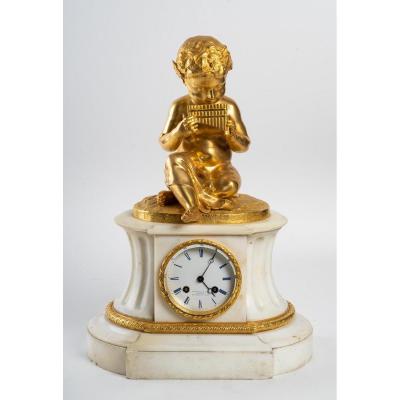

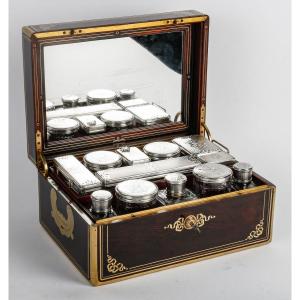

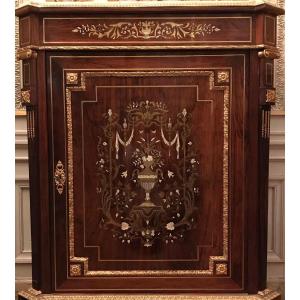


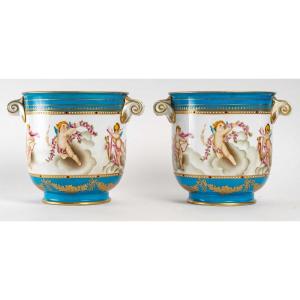
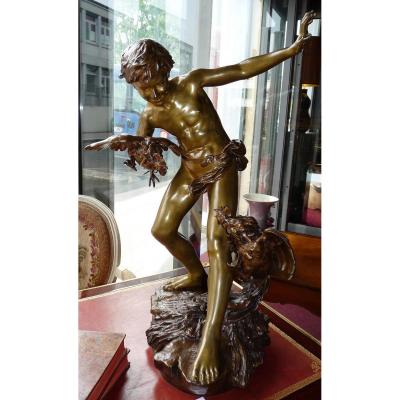







 Le Magazine de PROANTIC
Le Magazine de PROANTIC TRÉSORS Magazine
TRÉSORS Magazine Rivista Artiquariato
Rivista Artiquariato